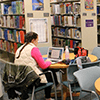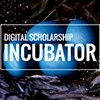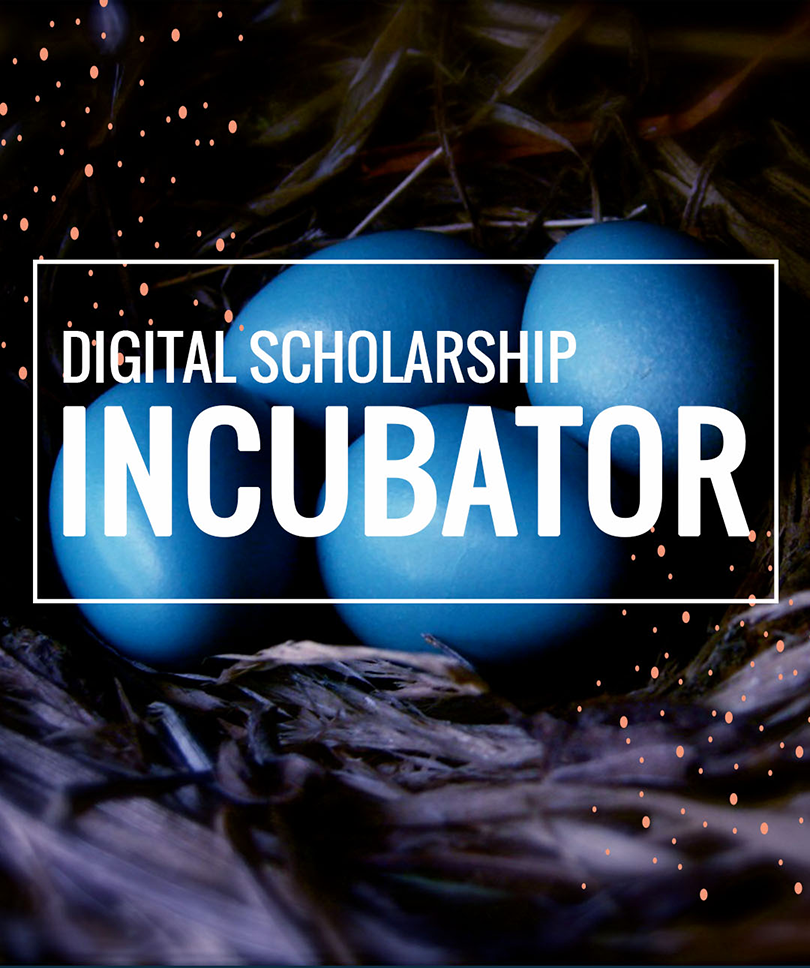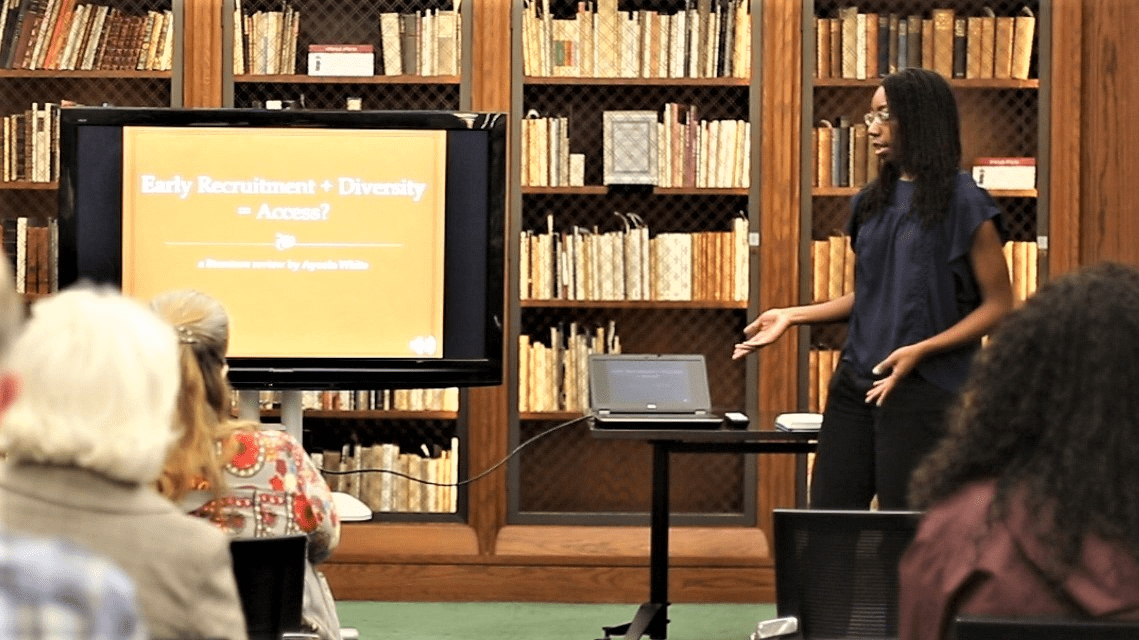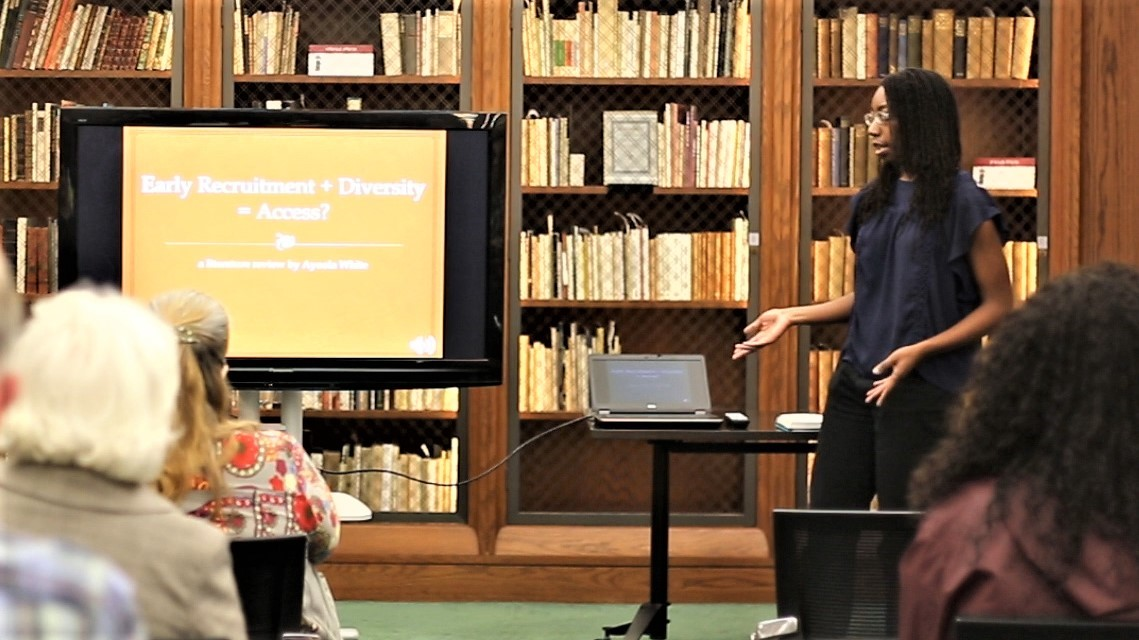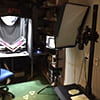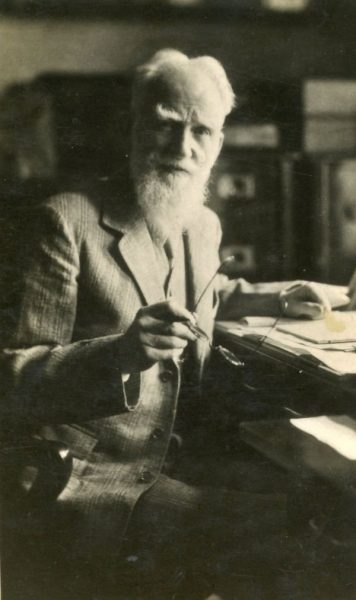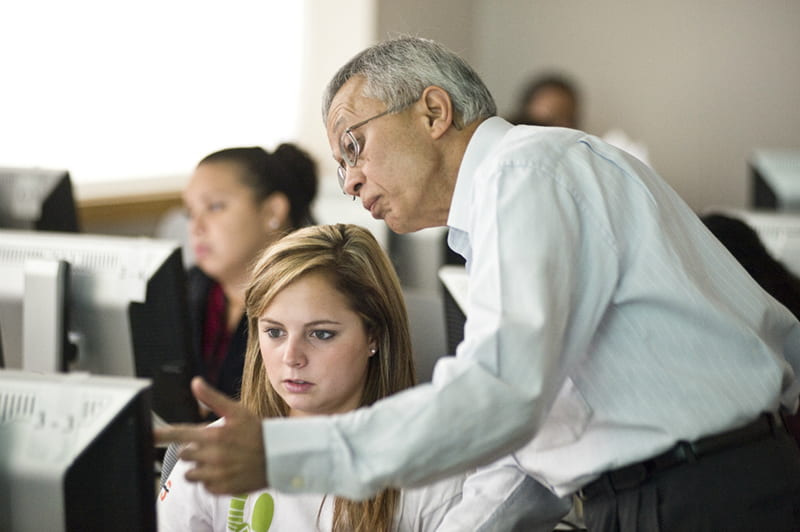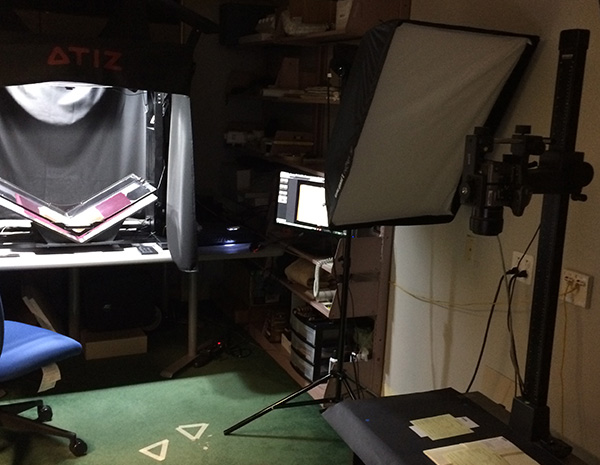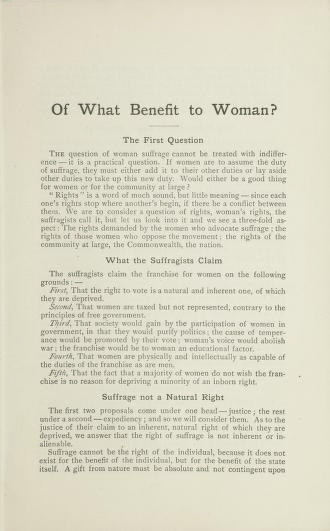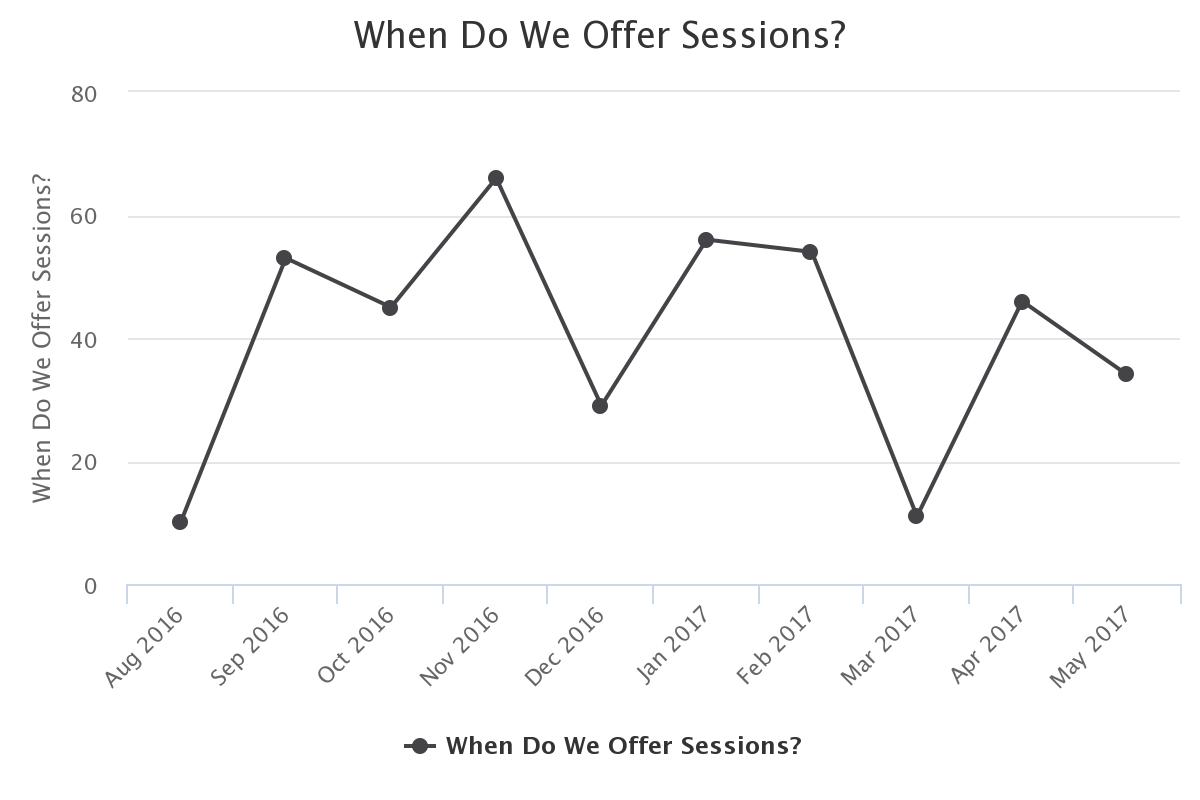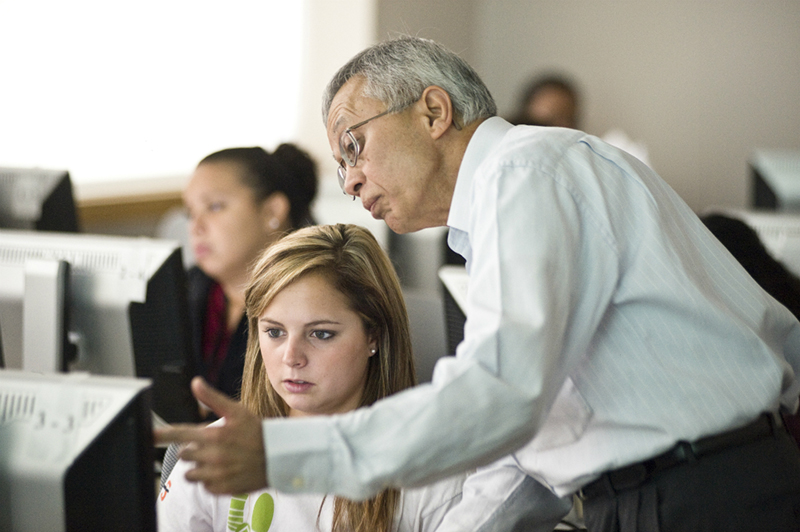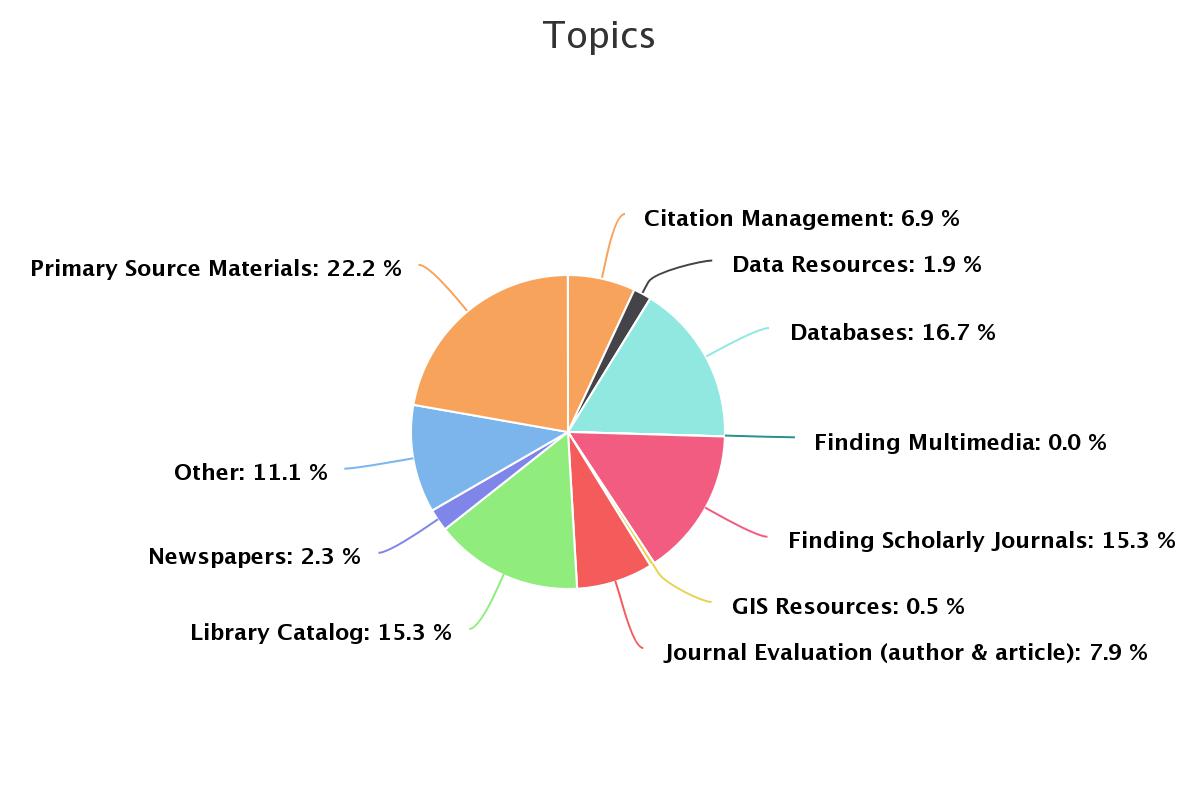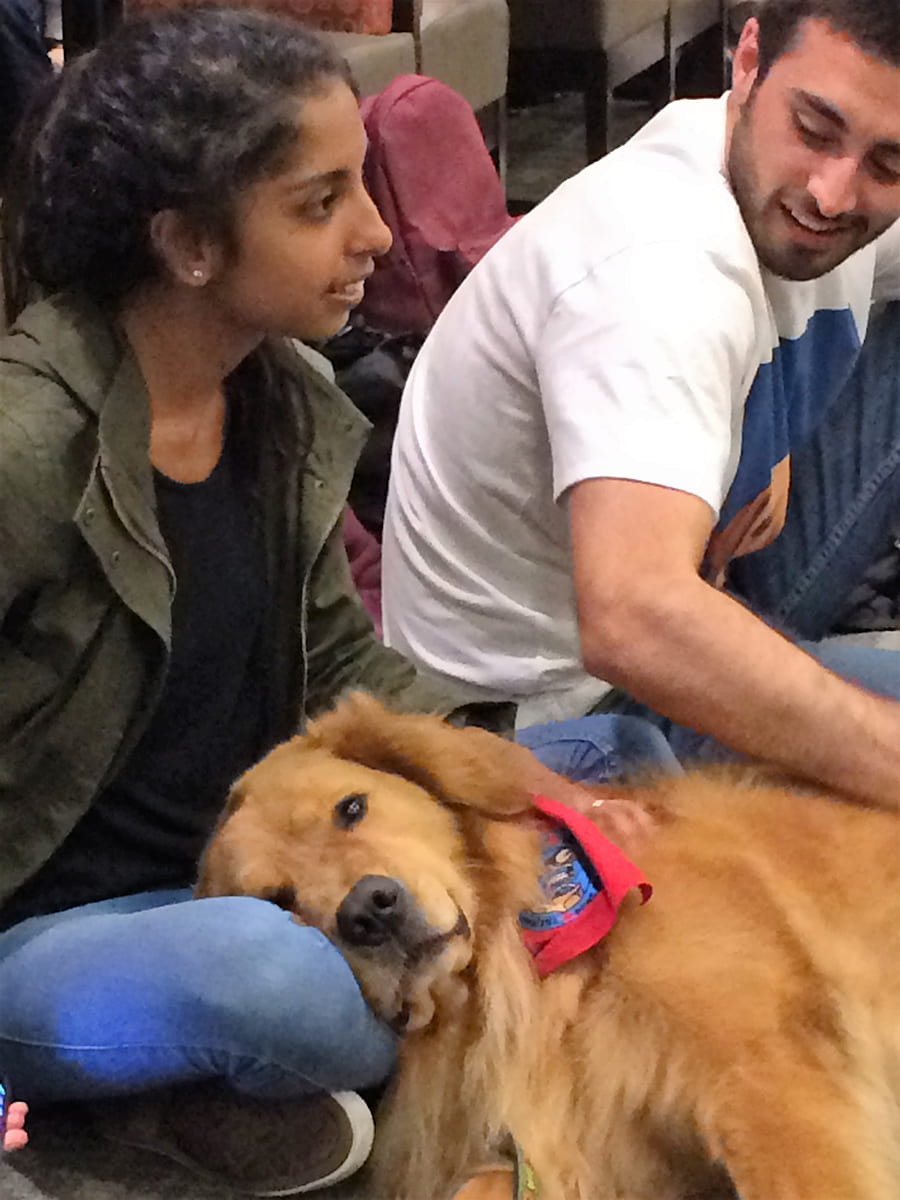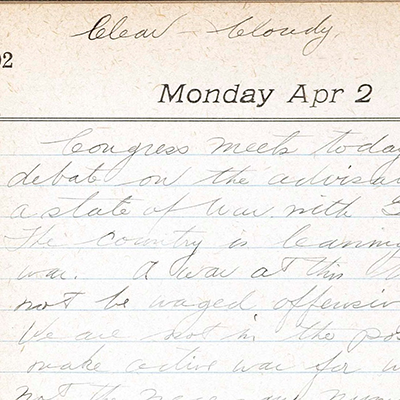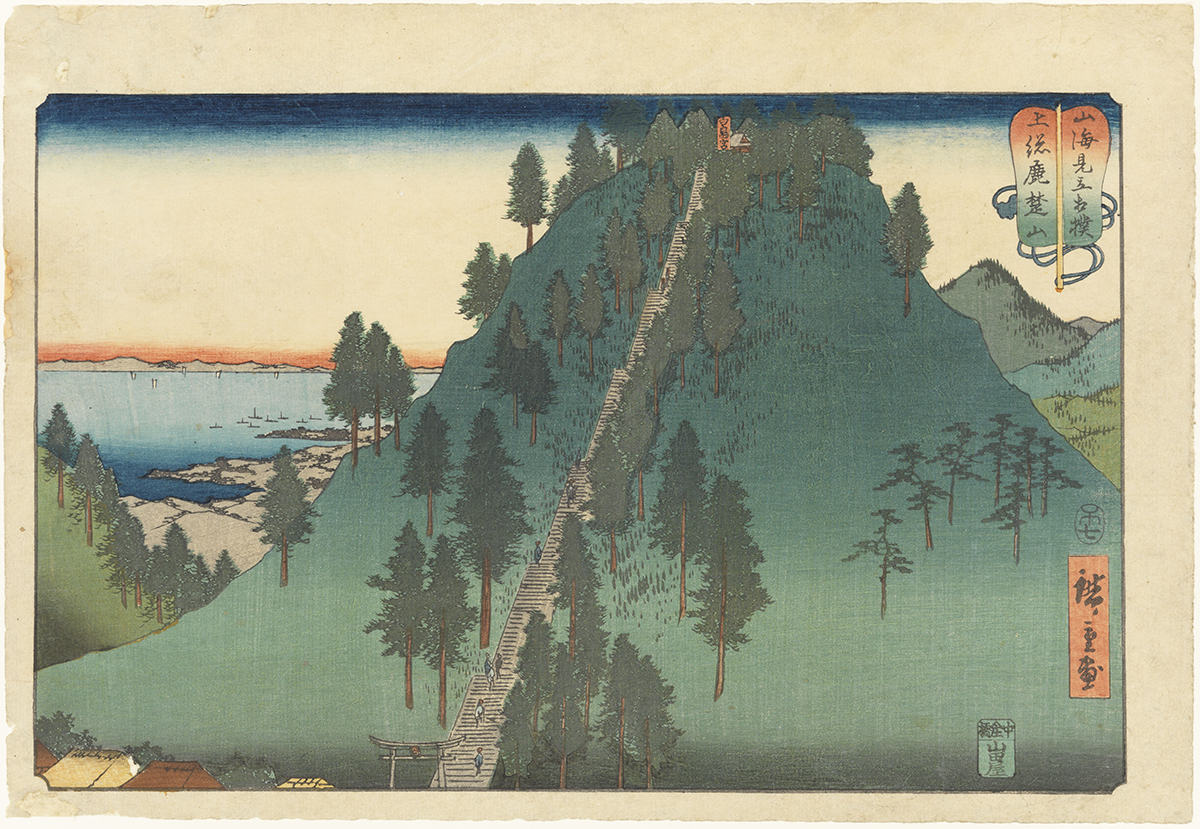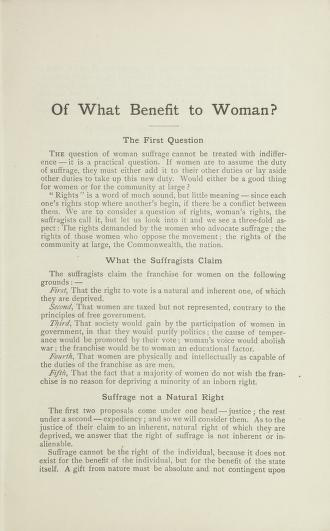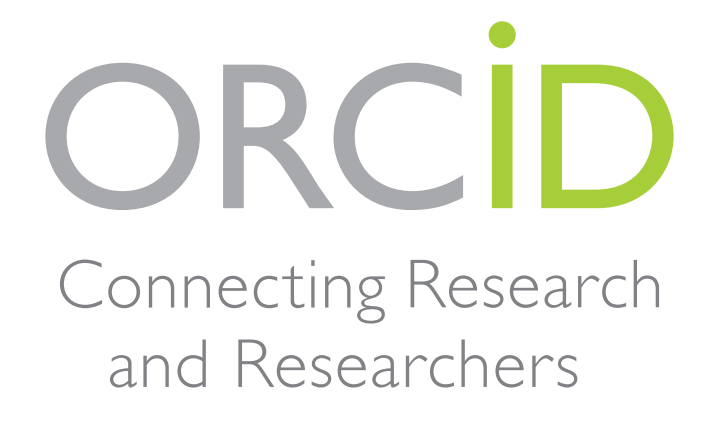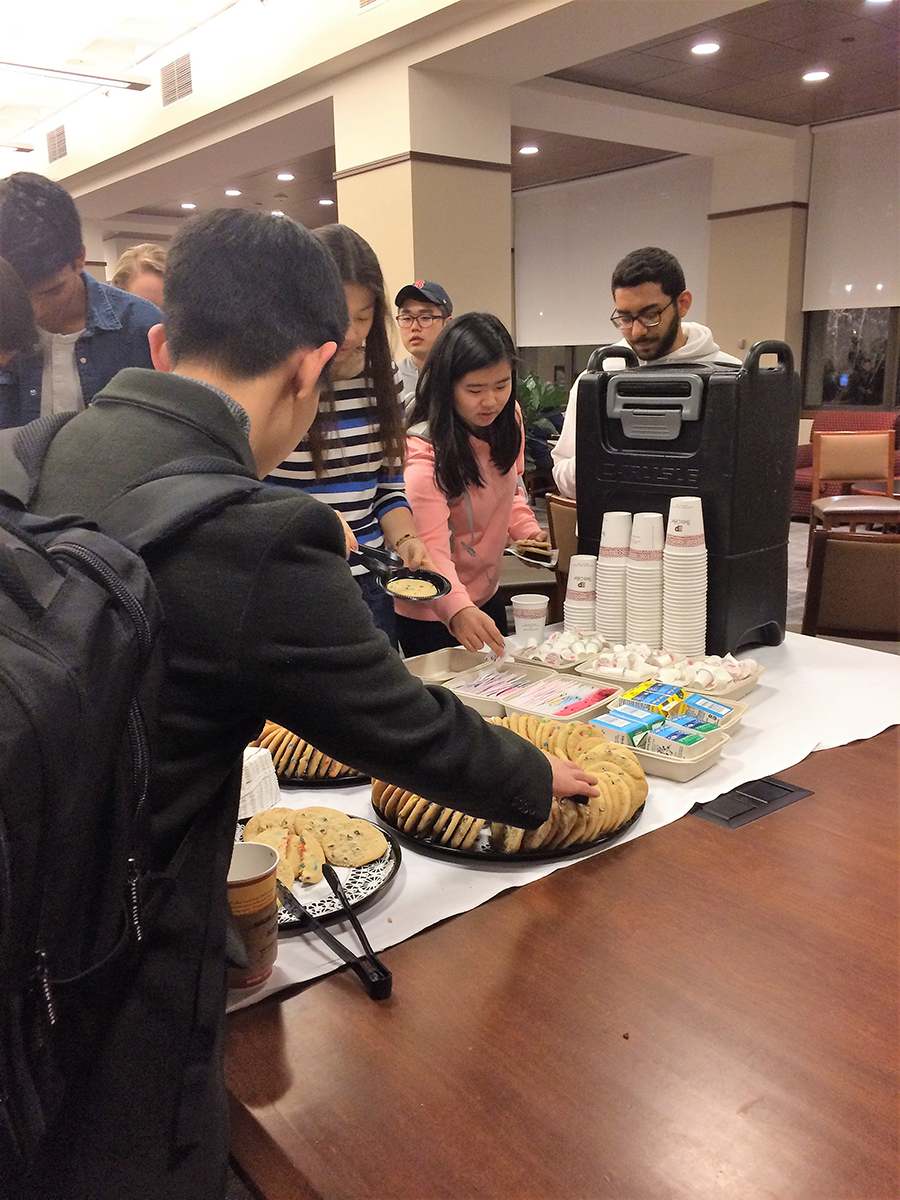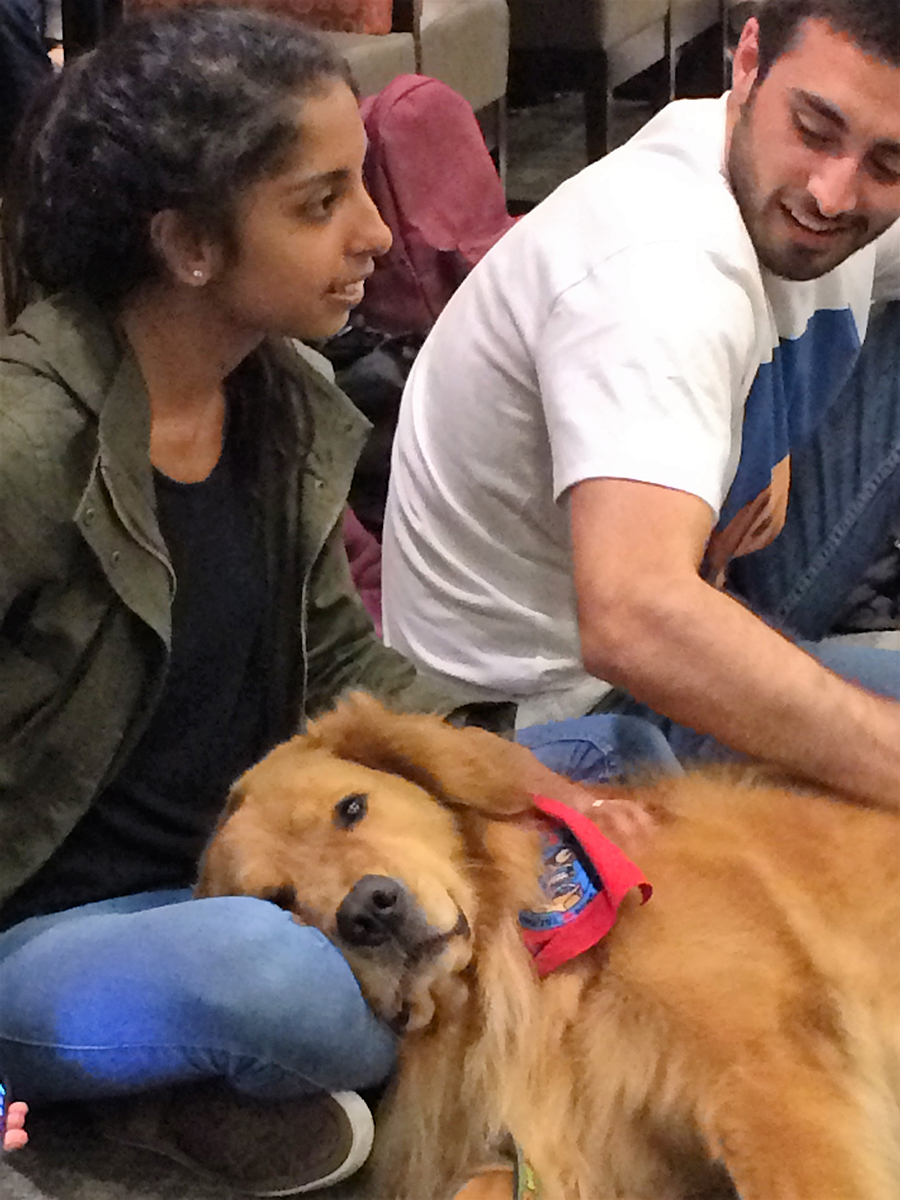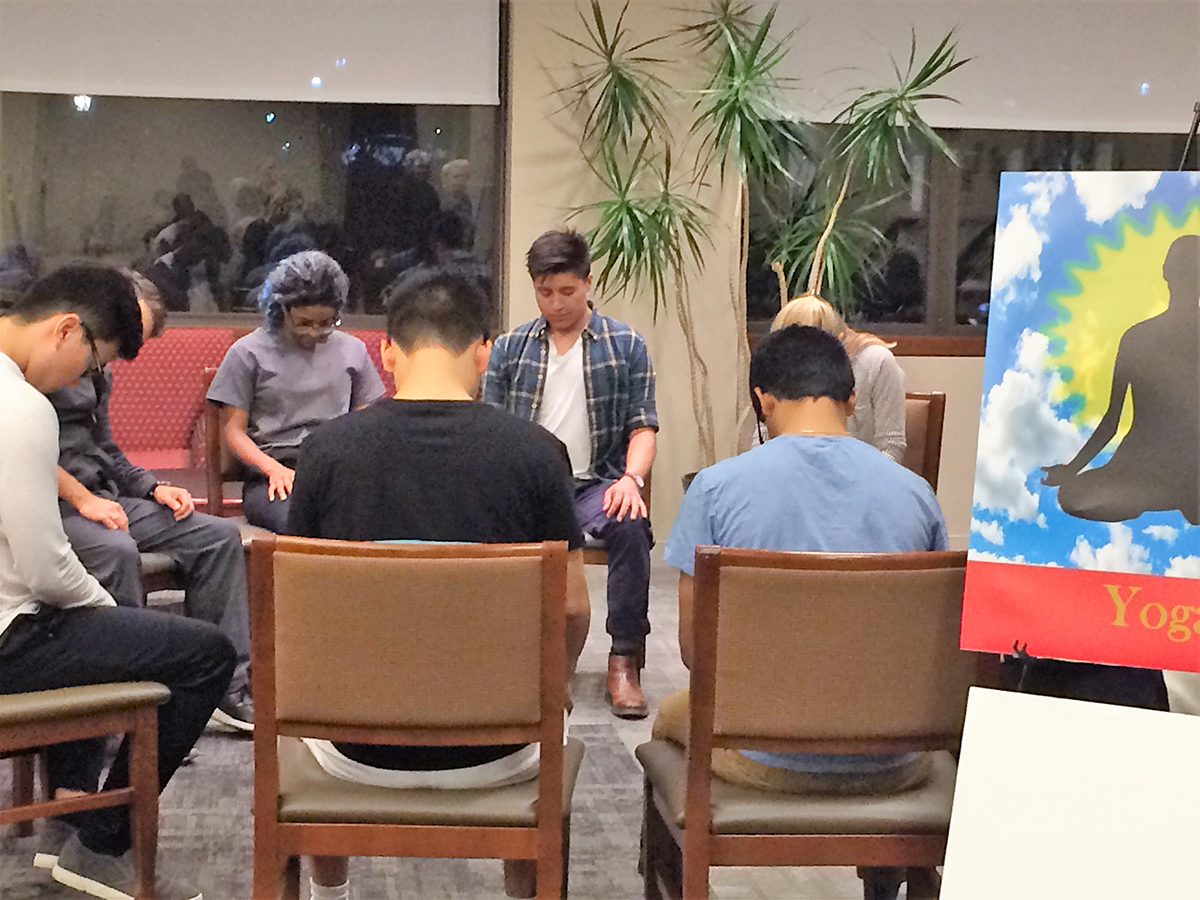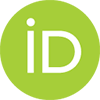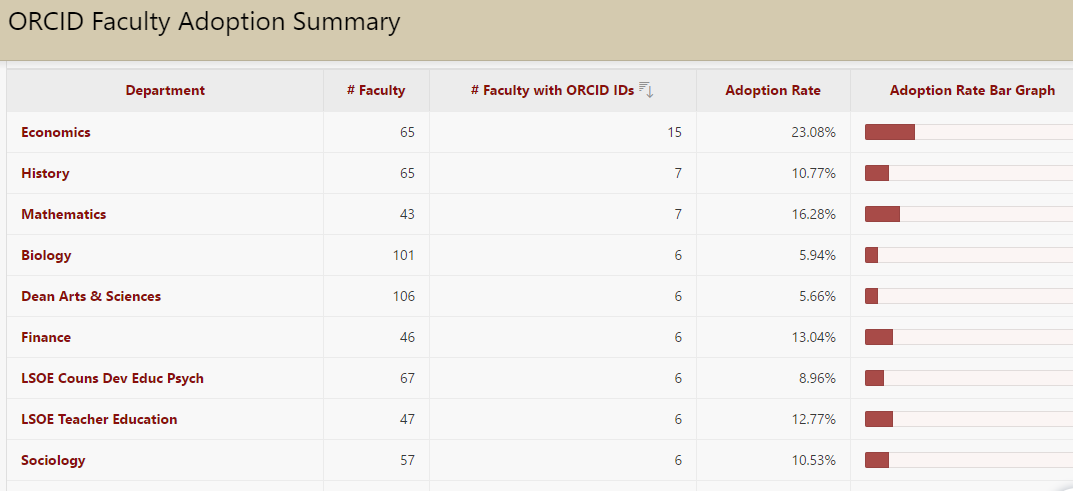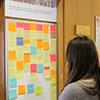Technology has significantly changed the field of K-12 education. With adaptive technology, open education resources, apps, and interactive whiteboards, teachers have more tools at their disposal to differentiate and personalize learning than ever before. The available technology expands beyond the printed page and offers new ways to engage students who learn in different ways. Educational technology can also add context to a teacher’s instruction or allow students to collaborate and create new knowledge.
The Lynch School of Education pre-practicum student teachers learn about content and classroom management, now the big push is learning how to implement technology into lessons plans. To help the pre-practicum students, the Educational Resource Center (ERC) partnered with the LSOE Mentoring, Induction, and Professional Development Office to provide educational technology instruction. Tiffeni Fontno, Senior Reference and Instruction Librarian for Education, collaborated with Ashana Hurd, Associate Director of Mentoring, Induction, and Professional Development in the Lynch School of Education to provide information sessions on educational technology to the pre-practicum supervisors. These sessions assisted the supervisors in becoming more knowledgeable about the education technology tools available in the ERC and also demonstrated their use in instruction and the many resources available across different content areas and grade levels. Working initially with the pre-practicum supervisors benefits and strengthens the library liaison relationship by providing content knowledge and, as the supervisors work closely with the education students, they have an understanding of the educational technology availability and promote the use of the ERC resources and services.
Recently one of the supervisors wrote:
“Thank for the great Supervisor meeting on Wednesday. It was very informative.
Tiffeni Fontno also came and spoke with my student teachers yesterday. They loved her presentation. One of my students indicated that prior to Tiffeni’s presentation she was just going to show a video. After hearing Tiffeni she is now going to drag out the smart board her Supervising Practitioner has not been using and try to set it up so she can use it when I come to observe her.
Tiffeni encouraged the students to try different technology tools now while they are students and not wait until they are a new teacher. I think my students were aware of many of the tools but Tiffeni helped them see how to use these tools during the different parts of a lesson. Tiffeni was wonderful!
Thank you again for having Tiffeni speak with the supervisors. I think it would be great if every student teacher heard Tiffeni’s presentation.”
The educational technology training was also provided for the Donovon Scholar Urban Teaching Program. ERC educational technology instruction continues to evolve to further support pre-practicum students and prepares them to enter today’s classrooms.
The ERC provides a variety of the latest technology for students to practice with and take into the classroom. To see what available, check here: Educational Resource Center: Digital Equipment
